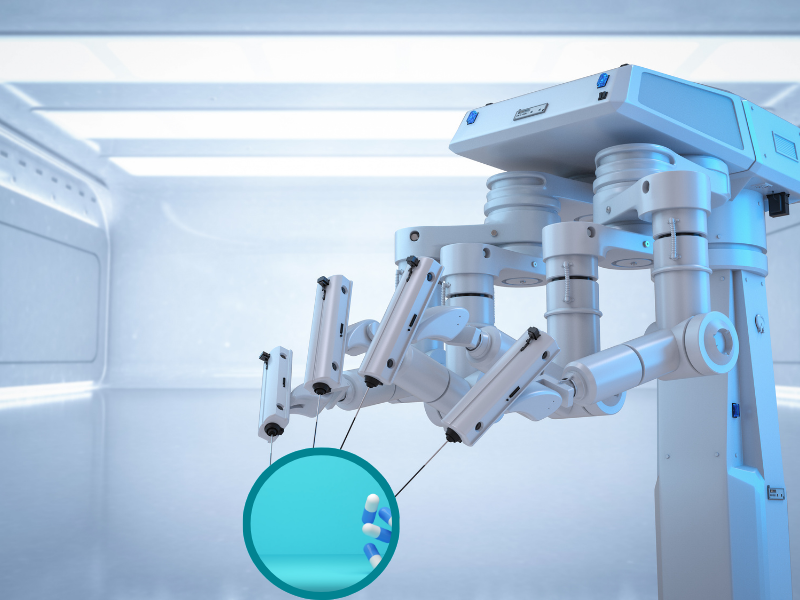A Real Step Forward: Brain-Spine Interface Allows Man to Walk Again

Ten years ago, Gert-Jan Oskam lost the use of his legs in a motorcycle accident. Since then, he has been determined to find a way to walk again, and this goal has finally been achieved. In a paper published in late May, a research team from the Ecole Polytechnique Fédérale de Lausanne and NeuroRestore revealed that they had successfully developed a functional brain-spine interface (BSI) that has restored the functionality of Oskam’s legs.
The accident cut off the pathway which allowed signals from the brain to reach the lumbar region of the spinal cord. This meant there were no instructions for nerve cells to transmit to the leg muscles. Even if the legs were otherwise completely healthy, they cannot move if this connection is not intact.
The BSI reestablishes this severed connection by creating a “digital bridge” that enables communication between the brain and the region of the spinal cord that was not damaged in the accident. The brain-spine interface works using various implants in the brain and the spine. A pair of wireless implants surgically placed on either side of the brain’s sensorimotor cortex (the region which helps initiate movement) record the electrocorticographic signals, also known as cortical activity.
- Applied Mobile Technologies and Interfacing with Robotics Software
- CellQualia: The Robot Changing the Face of Stem Cell Therapies
- Robotic Surgery: Pioneering Precision in Medical Advancements
To translate Oskam’s thoughts of movement into actual movement, the electrocorticographic signals must be sent via a portable processing unit worn as a backpack, which acts as the crucial “digital bridge." The processing unit converts the electrocorticographic signals into actual stimulation commands, which are then transferred to the spine implant (a pulse generator called the Activa RC, made by Medtronic). The spinal implant interprets the electrical currents and sends these to nerve cells in the spinal cord, activating the leg muscles and allowing movement.
This breakthrough was made possible thanks to the researchers’ understanding of how to compensate for the loss of the brain-spine connection by harnessing the functionality of specific neurons, in this case, those which control the leg muscles. The researchers were even surprised by how quickly they could calibrate the first models of the BSI, with Oskam only needing seven minutes of training before he could walk naturally.
Whilst other devices have given patients the ability to walk, none have allowed for entirely voluntary control; other types of spinal implant typically require the patient to initiate motion by pressing a button, which is not needed in this instance.
Whilst there are still several limitations to the device, including how costly and bulky it is, there can be no doubt that it marks a huge step forward. In a press release, Grégoire Courtine, senior author of the paper, stated that “paralysis is the tip of the iceberg with spinal cord injury, as you have many other functions that are affected.”
Equipped with the new information regarding device calibration that this trial provided, researchers are hopeful that in the coming years, they will be able to optimise the brain-spine interface for wider and more accessible usage.
Get your weekly dose of industry news and announcements here, and keep up to date with the latest ‘Industry Spotlight’ posts. For other PharmaTec content, please visit the PharmaTec Content Portal.
Want to find out more about the innovations happening in pharma data? Join Oxford Global’s annual Pharma Data & Digital Medicine event today. This 2-day conference brings together a panel of prominent leaders and scientists, sharing new case studies, innovative data, and exciting industry outlooks.







